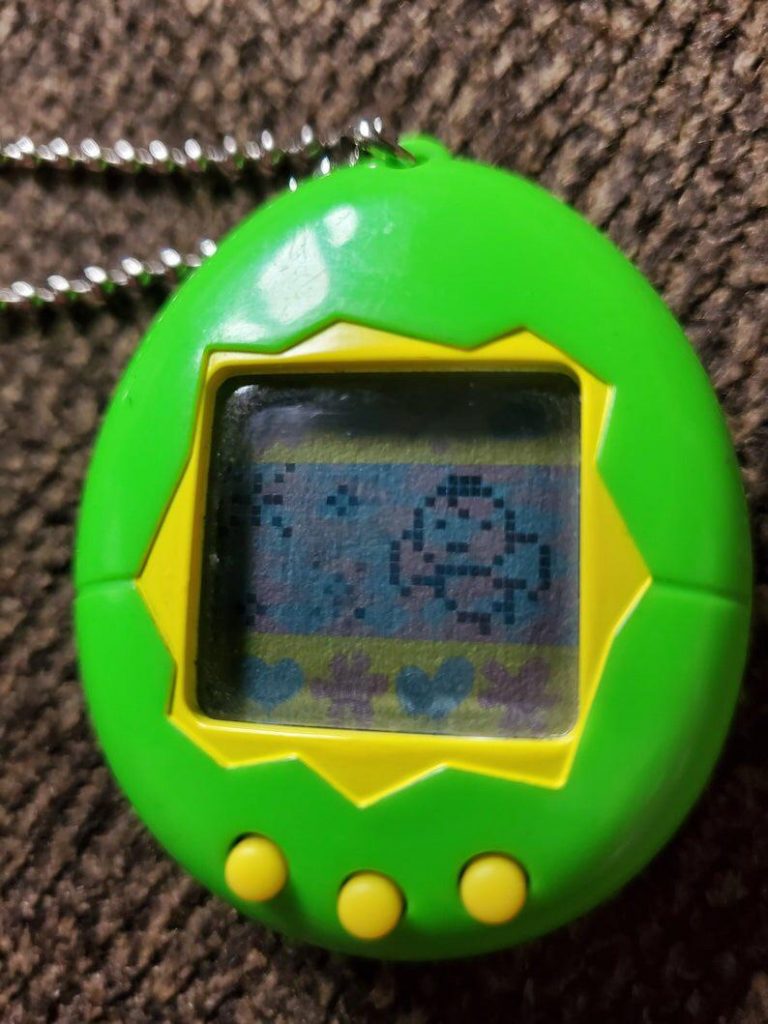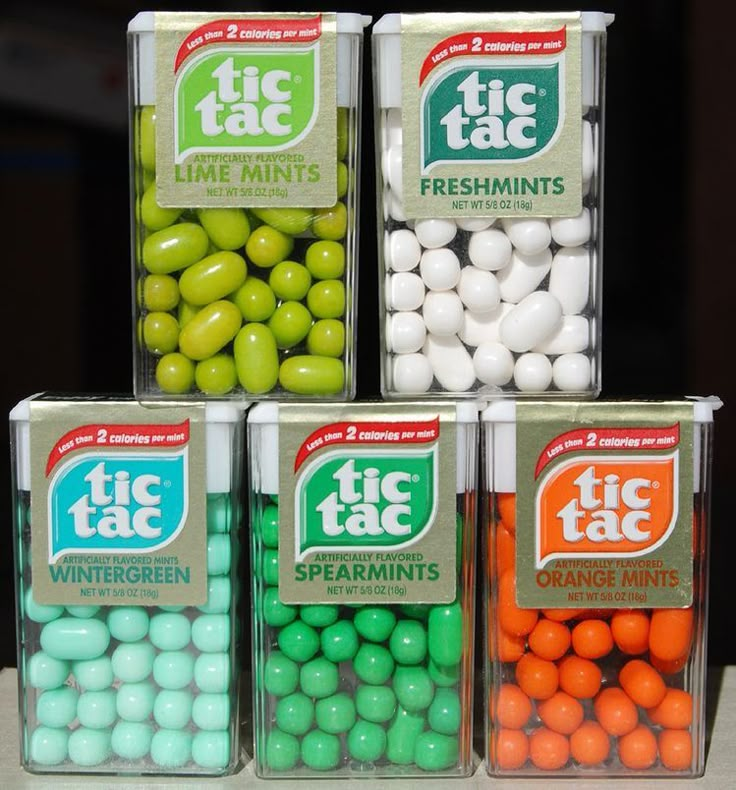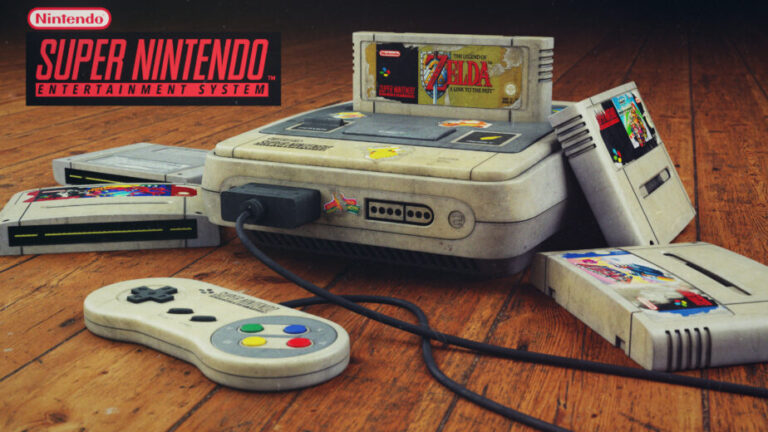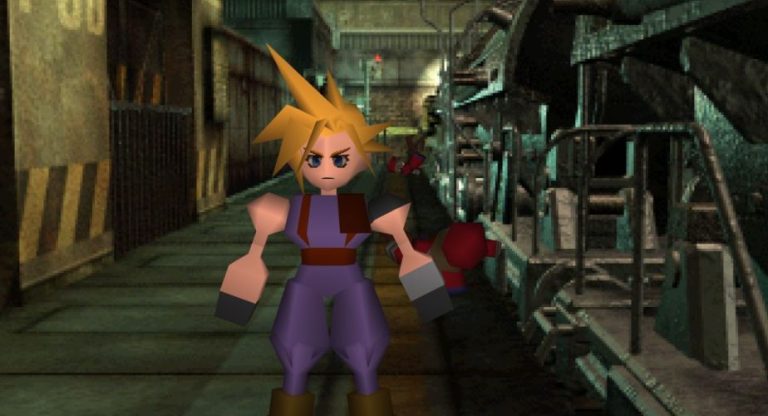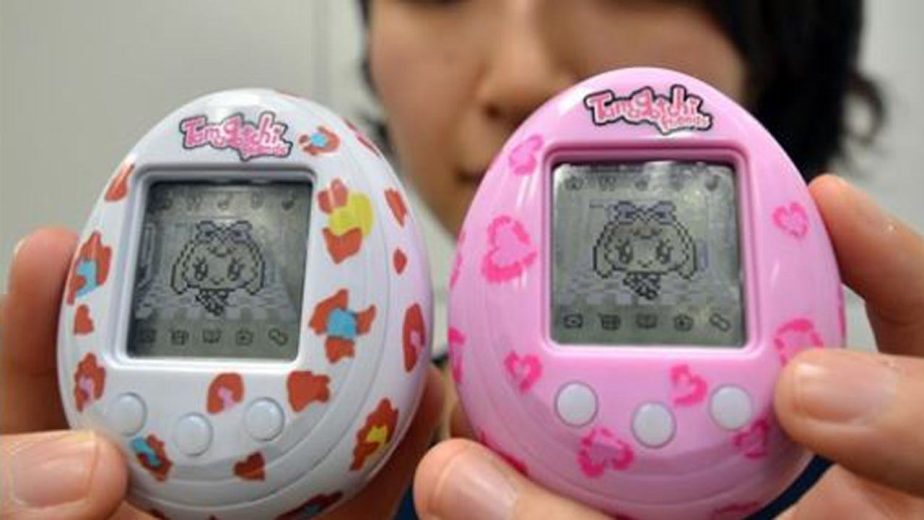
For a significant slice of the 1990s, a small, egg-shaped plastic toy held an extraordinary power over children worldwide. The Tamagotchi, a “digital pet” hailing from Japan, wasn’t just a plaything; it was a responsibility, a constant companion, and for many, a first foray into the highs and lows of caregiving. The daily, and often hourly, ritual of tending to these pixelated creatures became a defining experience for a generation, a unique blend of technology, nurturing, and playground politics.
Launched by Bandai in Japan in 1996 and hitting international markets shortly thereafter, the Tamagotchi quickly snowballed into a global phenomenon. The premise was deceptively simple: hatch and raise a tiny alien creature on a keychain-sized device. This involved a cyclical and demanding ritual of care. At its core, keeping your Tamagotchi alive and happy revolved around several key actions, navigated via three unassuming buttons.
The “ritual” began the moment the virtual egg hatched. A series of insistent beeps would emanate from the tiny device, signaling a need. Was it hungry? The child would dutifully select the “feed” icon, choosing between a meal or a snack, carefully monitoring the creature’s hunger and happiness meters – usually represented by hearts. Did it need to use the bathroom? A quick clean-up was essential, or the Tamagotchi could get sick. Playtime was also crucial for its well-being, often involving a simple guessing game. If illness did strike, often visually represented by a skull icon, a dose of virtual medicine was required.
Discipline was another, sometimes perplexing, part of the Tamagotchi parenting manual. If the creature beeped for attention without a discernible need, or refused to eat or play when it should, a “discipline” action was necessary to ensure it grew into a well-behaved adult character. The type of adult your Tamagotchi evolved into was entirely dependent on the quality of care it received, adding another layer to the investment. Neglect had tangible consequences: a poorly cared-for Tamagotchi would become an unattractive, less desirable adult, or worse, “die,” often signified by it turning into an angel or a tombstone on the screen.

This constant demand for attention ingrained a unique rhythm into the lives of 90s kids. The Tamagotchi was an omnipresent being. Its beeps would interrupt conversations, meals, and even school lessons – leading to widespread school bans that children creatively circumvented, often by entrusting their precious digital lives to a willing friend or a more lenient teacher during class. The playground became a hub of Tamagotchi discussion: comparing growth stages, sharing care tips, and collectively mourning the “loss” of a beloved pet.
The emotional investment was surprisingly profound. The term “Tamagotchi effect” was coined to describe the attachment humans could form with these simple virtual entities. Children felt a genuine sense of responsibility and often, real distress if their Tamagotchi “passed away.” It was a miniature lesson in cause and effect, in the dedication required to sustain a life, albeit a digital one.
For many, the Tamagotchi was more than just a toy; it was a status symbol, a conversation starter, and a shared cultural experience. The ritual of its care – the incessant beeping, the button-mashing to meet its needs, the anxiety of leaving it unattended, and the pride in a thriving virtual pet – etched itself into the collective memory of 90s childhood, a time when a small, beeping egg could teach big lessons about responsibility and connection.


